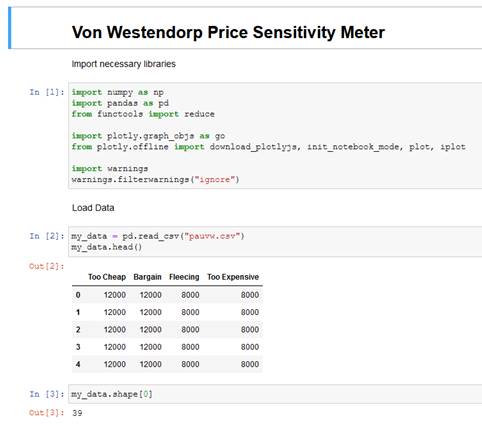(Life Coaching Series)
Last week, I was doing some quick errands to buy some pending grocery and sweets to cross my home-shopping checklist. I just happened to be on my toes for hours with constant updates over my mobile which included targeted ads across various apps and services that I regularly use. Let me tell you that I prefer walking out to buy my grocery rather than order it online, even in the post-covid era. Throughout my shopping spree, I was bombarded with “relevant” ads, some of which are listed below along with my take on them:
For starters, water is made potable by several methods that include filtration, distillation, reverse osmosis, ultraviolet radiation, etc. Each of these processes along with cleaning the water depletes the mineral content in it. Consumption of such water form bonds with the minerals inside our body and is passed out through urine and sweat; thereby depleting our mineral intake. Firstly, they deplete the minerals from water to make it potable and then they add minerals to make it healthy. I would rather drink directly from a natural and clean pond than falling for this gimmick.
In the last decade, it has become the norm in our nation to gift chocolates on auspicious occasions and festivals. Thanks to this excellent ad that has carefully and consciously manipulated our thought process. We are a nation that celebrates at least three festivals per month (refer any Hindu Panchang i.e. Ephemeris) where each festival has an associated culinary diet that is most suited to the season and region. For example, “thandai” (natural home-made cold drink that cools the body) at Holi (around March / April) which is the onset of summer or “tilgud” (natural home-made sweet rich in oil content) at Makar Sankranti (around mid of January) during autumn. Why do we need to replace such a rich and healthy tradition with fermented and preservative infused food?
As far as I know, cold-pressed oil (still available in rural India) poses the least risk to our health since it is free of man-made chemicals and good cholesterol is preserved. In the modern refinery, filtration of oil takes place in the presence of CMR (Carcinogenic-Mutagenic-Reprotoxic) substances. No matter, what the brands might claim the end product is certainly a risky proposition. Any given day, I would bet on unrefined / unfiltered cold-pressed oil to keep my heart beating normally.
With the advent of shopping malls and supermarkets, we have unwittingly started consuming processed vegetables instead of fresh vegetables. Most of us are unaware that the preservatives, artificial colors and artificial flavoring used for processed food often contain CMR substances and are never listed on the label. Is it just our ignorance or is it our fast-paced lifestyle that makes us too lazy to work with fresh vegetables?
Each of these ads are an example of brilliant consumerism and are probably used as case studies at B-schools. But the moot point is – where do we draw the line? This kind of consumerism is like a slow poison that kills both the consumer and the society in a gradual manner.
I’m neither a nutritionist or a medical doctor; but as a systems / process auditor I have had the opportunity to audit entire food chains across India & Africa. What I am presenting here is out of direct experience from years of observation, both as an auditor and a consumer. Just like you, I’m a consumer first and an auditor later. So, it does concern me when I find that I’m unaware of what goes inside my body willingly.
Remember that each time you eat, you are either fighting disease or feeding it!
Follow this simple formula to stay fit – OPPRESS:
Oil – Reduce your intake of oil and fried food
Processed – Avoid anything that is labelled as “processed” since it is mostly less natural than you think
Packaged – Avoid anything that is labelled as “packaged” since it is mostly less natural than you think
Refined – Avoid anything that is labelled as “refined” since it is mostly less natural than you think
Excess – Avoid any type of overindulgence including food for thought viz. digital exposure
Sugar – Reduce the intake of sugar and sugar-based foods
Salt – Reduce consumption of salt and salt-based foods
This way you can OPPRESS any disease with ease and stay fit for a longer period. And, don’t take my advice with a pinch of salt – Just try it out and you will feel the difference!
























